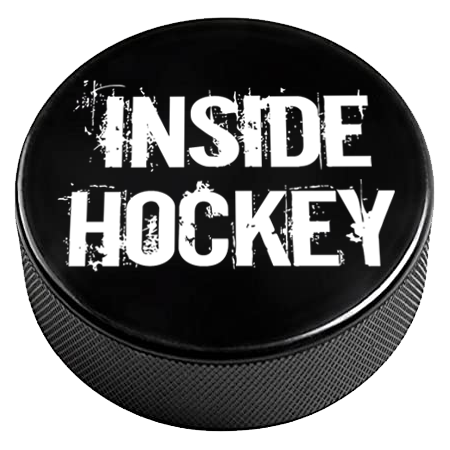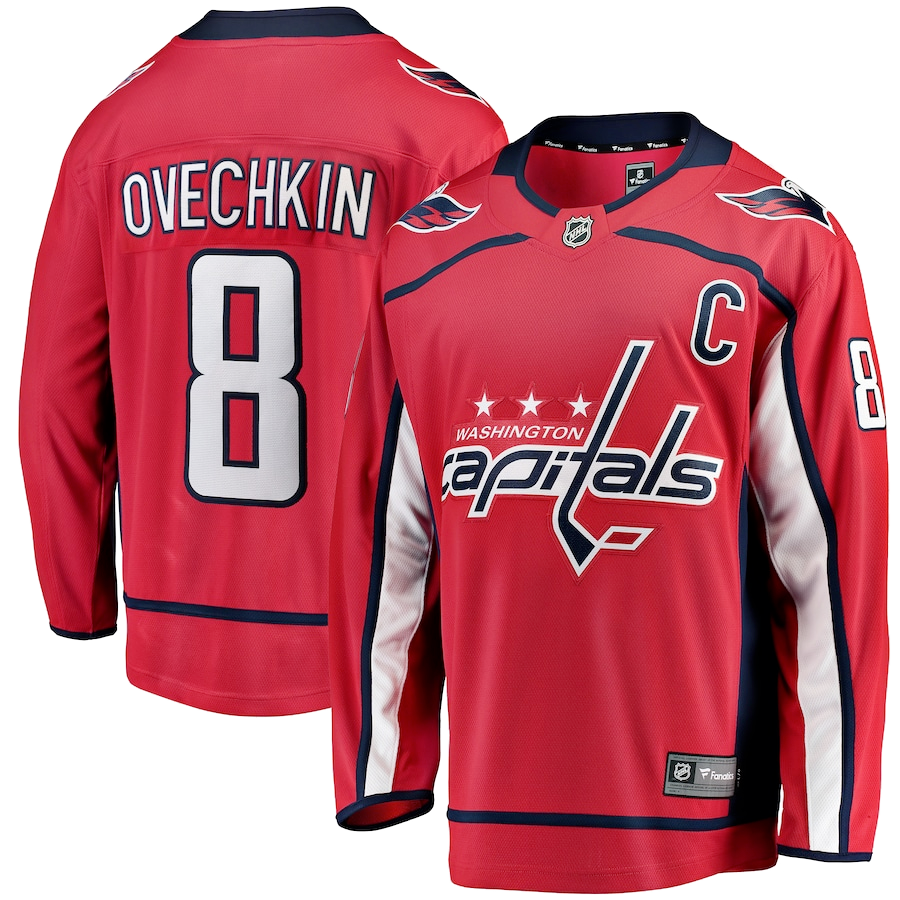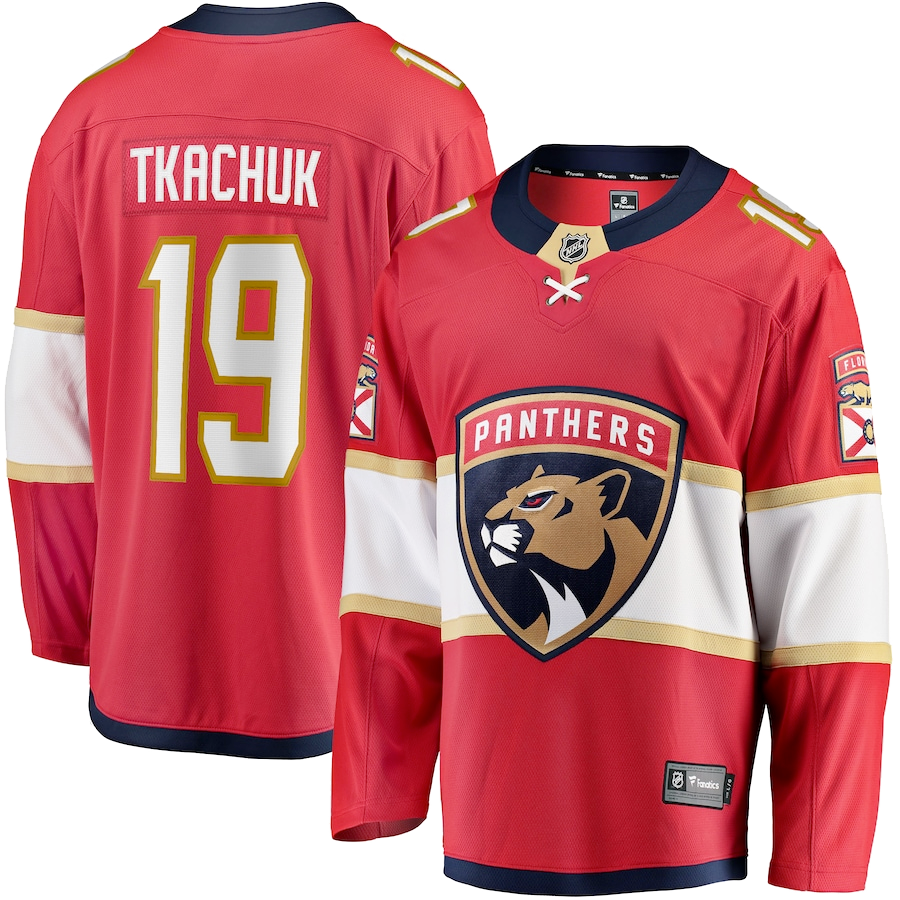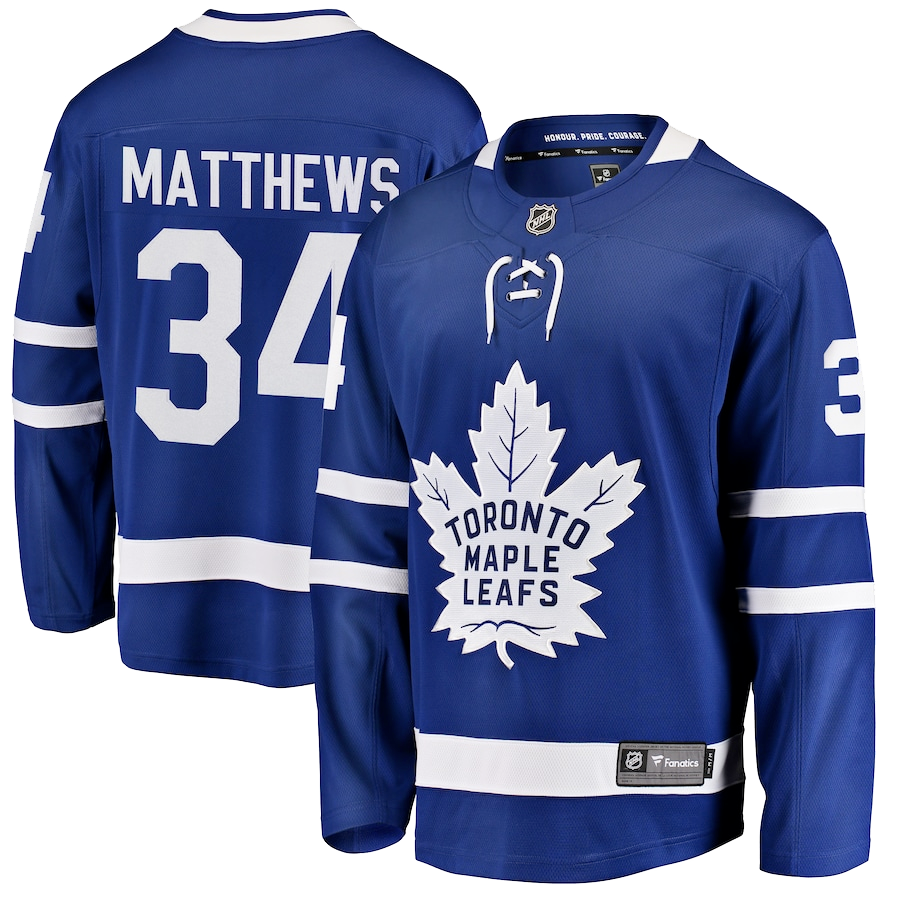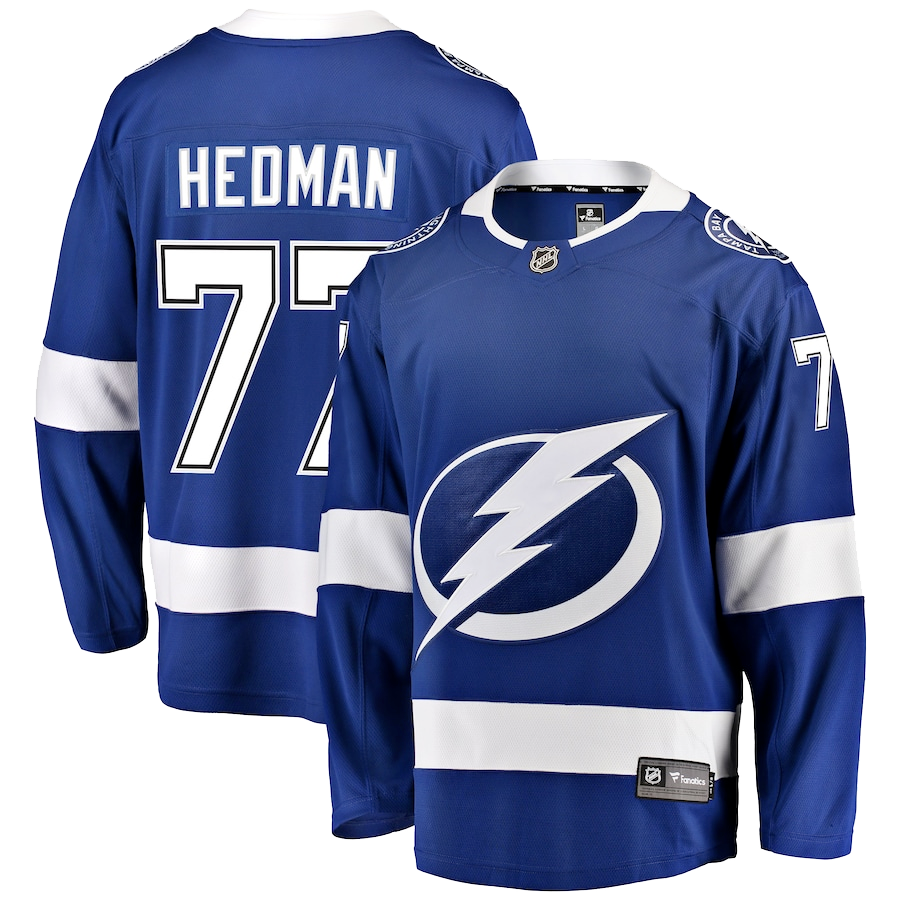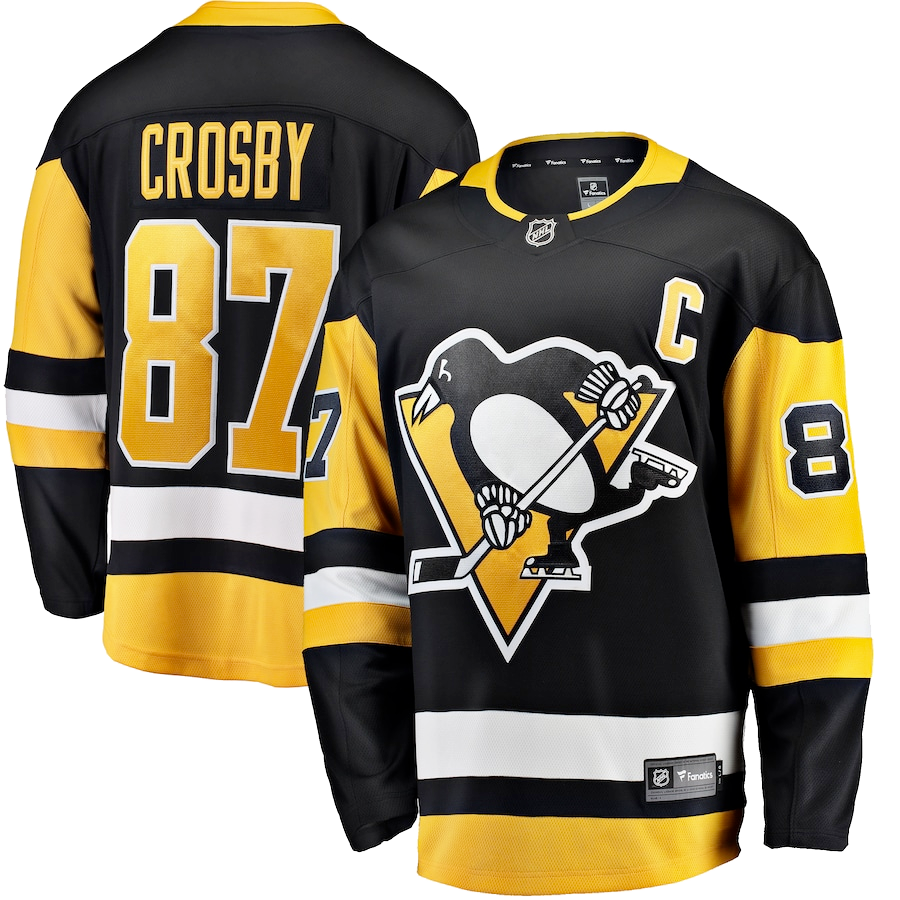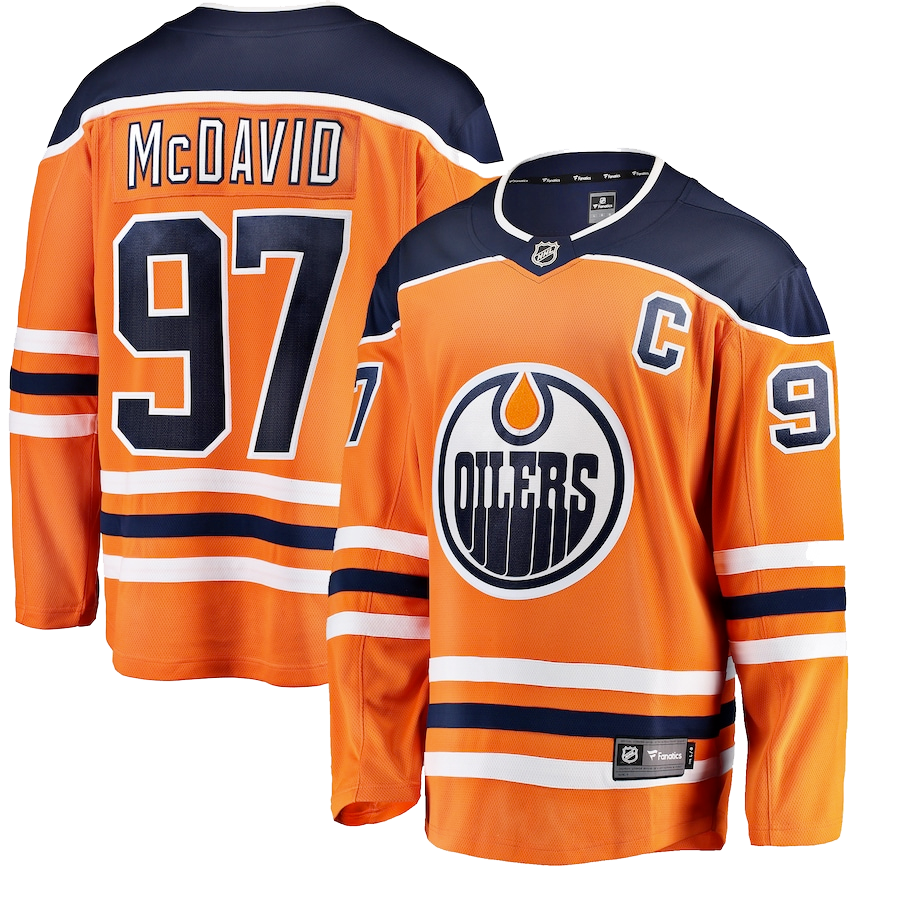Lorne “Gump” Worsley was one of the most beloved characters to ever don a Rangers sweater. The Hall of Fame goaltender began his hockey journey in 1946 with the Ranger-sponsored Verdun Cyclones of the QJHL, playing against the likes of Jacques Plante, the goaltender for the Quebec Citadelles, Bernie Geoffrion with the Montreal Concordia Civics and Jean Beliveau who was just starting out with the Victoriaville Panthers.
The Montreal native, who was tagged with the nickname “Gump” thanks to his childhood resemblance to the cartoon character Andy Gump, was invited to the Rangers training camp in 1949 and assigned to the New York Rovers of the EAHL that season. In fact it was during a Rover road trip that Worsley’s apprehension about flying grew into all out fear. The team was flying back from Milwaukee when one of the engines of their twin-engine plane caught fire, forcing the pilot to make an emergency landing. Thankfully there were no injuries, but Gumper never overcame his fear after that.
In 1950-51 Worsley turned pro with the St. Paul Saints of the USHL where he was named rookie of the year and won the Charlie Gardiner Award as the top goaltender in the league. He was then moved to the Saskatoon Quakers of the PCHL where he once again excelled.
Gump’s NHL career was like a roller coaster ride with more than a few peaks and valleys along the way. He began the 1952-53 season with the Rangers subbing for the injured Chuck Rayner and made his NHL debut on opening night, October 9, 1952 in a 5-3 loss in Detroit. He stayed with the Rangers until mid-November while Rayner worked himself into shape. Gumper was then sent back to Saskatoon, but recalled at mid-season when Rayner severely injured his knee. The twenty-three year old netminder wound up playing fifty games for the sixth place Rangers and was awarded the Calder Trophy as the NHL’s Rookie of the Year despite a 13-29-8 record.
But during the offseason the Rangers acquired veteran minor-league goaltender Johnny Bower from the Cleveland Barons of the AHL and Gumper once again found himself in the minors, this time in Vancouver of the WHL. The official party line at the time was that Rangers management feared that Worsley at 5-foot-7and 180-pounds was too small to withstand the rigors of a full NHL season and that Bower, a little bigger at 5-foot-11, 189-pounds would be a sturdier option. But of course there was more to it than that.
Gump discussed the demotion with author Dick Irvin in his book, “In the Crease”. “I was playing In Saskatoon in ’52-53 when Charlie Rayner got hurt and they called me up. He screwed up his knee and never played again. I played the last fifty games and won the rookie of the year. The next year I asked for a $500 raise and ended up in Vancouver. Everybody thinks Johnny Bower beat me out of a job, but it had to be the money. The next year, Camille Henry won the rookie award with the Rangers and he asked for a $500 raise. I got news for you: He ended up in Providence for most of the year.”
While Bower had a good year in New York, Worsley had an outstanding season for Vancouver in 1953-54, earning league MVP honors and finishing with the best goals-against average in the WHL. So at the start of the next season Bower was in Vancouver and Gumper was back in New York. This time for good.
Worsley came back strong. On January 19, 1955 he posted a 2-0 shutout against the powerful Detroit Red Wings stopping 51 shots, which is believed to be the most saves made by any Ranger goaltender in a shutout. The blanking came during one of the best stretches in Worsley’s Ranger career when he allowed only eight goals in a six-game span that also included a scoreless tie and a 2-0 shutout, both against the Bruins.
During his time in New York, Worsley was often asked what team gave him the most trouble. His response was always, “The Rangers” and for good reason. Long-time Ranger fan Richard Abramowitz saw Gump play many times in the old Madison Square Garden and remembers him fondly. “He was making 40-50 saves a game and many times played hurt and played many years with such a weak team,” Richard recalls. “In my opinion, watching hockey for more than 60 years, Gump was the best goalie of them all,” Indeed, Gump took a physical beating in the Rangers net, having to be carried off the ice a number of times. His most serious injury as a Ranger occurred on February 17, 1960 when Chicago’s Bobby Hull accidentally skated over his hand, severing two tendons. Worsley required surgery to repair the tendons and missed the rest of the season.
Gump played for seven coaches while with the Rangers, including the volatile Phil Watson, who had been his coach while with the Rovers. The Blueshirts made the playoffs three times with Watson behind the bench but it was clear that “Fiery Phil” didn’t like Worsley and as far as Gump was concerned, the feeling was mutual. Watson was the kind of coach who would take all the credit for a victory, but blame a loss on the players. Gump was one of Watson’s favorite whipping boys, constantly getting on him about his “beer belly”, to which Worsley replied, “Beer is the poor man’s champagne. I’m strictly a VO (rye) man”.
Worsley may not have looked very athletic, but the pudgy little netminder was extremely agile. He could scramble back to his feet very quickly and emphatically swat rebounds out of harm’s way with a one-handed golf swing in which after making contact with the puck, the blade of his goalie stick would wind up over his left shoulder.
Quotable and always quick with a quip, Gumper was a favorite of the press as well as the fans. Despite the fact that the Rangers only made the playoffs four times in Gump’s ten seasons on Broadway, he was recognized as one of the top netminders in the league. In 1955-56 he played every minute of every game, becoming the last Ranger goaltender to do so. He also set a team record with 32 victories that season which stood until Ed Giacomin racked up 36 victories in 1967-68. He led the NHL in games and minutes played in 1962-63 and played in two All-Star games while with the Blueshirts. Worsley also was selected as the Rangers MVP in 1960-61 and 1962-63 and given the Frank Boucher Trophy as the most popular Rangers in 1955-56 and 1962-63.
Gump’s Rangers career came to an end on June 4, 1963 when he was traded with Dave Balon, Leon Rochefort and Len Ronson to the Canadiens for Jacques Plante, Phil Goyette and Donnie Marshall in a blockbuster deal. And as so often happened in those days, Worsley heard about the trade on the radio because despite ten years of service with the Rangers, GM Muzz Patrick never called to tell him about it.
Worsley spent most of the next seven seasons playing for the Canadiens where he collected four Stanley Cups and two Vezina Trophies (1965-66 shared with Charlie Hodge and 1967-68 shared with Rogie Vachon).
Gumper may have been a fan favorite while with the Blueshirts but when he returned to the Garden wearing the “Bleu, blanc et rouge” of the Canadiens, he became a target just like the rest of his Montreal teammates. In March of 1967 Worsley was hit in the temple by an egg that was thrown from the balcony at Madison Square Garden. As reported in the Montreal Gazette, “The Gumper was hit flush on the right temple by the egg which was thrown from about 100 feet away. The egg-tosser, a 25 year-old fan who had a bag of them when caught by Garden police, got off lucky when Worsley refused to press charges.” Gump took part in a voluntary practice the next day but complained of dizziness and wound up being sidelined for six weeks.
Playing for a team like the Canadiens brought with it a different kind of pressure; the pressure to win every game and a Stanley Cup every year. Add to that the extra air travel brought on by the NHL’s expansion and by November 1968 Gump was ready to pack it in. After a particularly bumpy flight into Chicago on the first leg of a western road trip, he abruptly quit the Canadiens, informing team captain Jean Beliveau of his decision and taking a train home. Montreal GM Sam Pollack didn’t want to lose the Gumper, so he arranged for him to see a psychiatrist on a daily basis to talk about his problems and in about two months, he was back on the ice and Montreal won another Stanley Cup that spring.
Gump was ready to retire again during the 1969-70 season but was talked out of it by Minnesota GM Wren Blair who had worked out a deal to acquire the then forty-year old Worsley to help stabilize the North Star’s goaltending situation and back up Cesare Maniago. The pair became good friends and were known as “Mutt and Jeff” owing to Maniago’s six-foot-three stature compared to Gump’s five-foot-seven frame. Maniago even talked Gump into donning a mask for the first time in his career during Gump’s final season in 1973-74.
Worsley finally ended his 21-year NHL career in the spring of 1974 at the age of forty-five and spent the next tem yeas scouting for the North Stars. He was inducted into the Hockey Hall of Fame in 1980 and passed away in January 2007 at the age of 77.
Gump Worsley was one of the few bright spots on some mediocre Ranger teams during the 1950s. He didn’t set many records while with the Rangers, but he was a warrior, managing to survive ten long seasons in the Blueshirts shooting gallery. He played in 582 games with the Rangers, ranking him behind only Henrik Lundqvist and Mike Richter on the team’s all-time list. He posted a 204-271-101 record with 24 shutouts and a 3.01 GAA. In twenty playoff games with the Blueshirts, Gump record was 5-10 with a 4.05 GAA. Overall in 861 NHL regular season games, Worsley’s record was 335-352-150 with 43 shutouts and a 2.88 GAA. In 70 career playoff games, he posted a 40-26 record with five shutouts and a 2.78 GAA.
